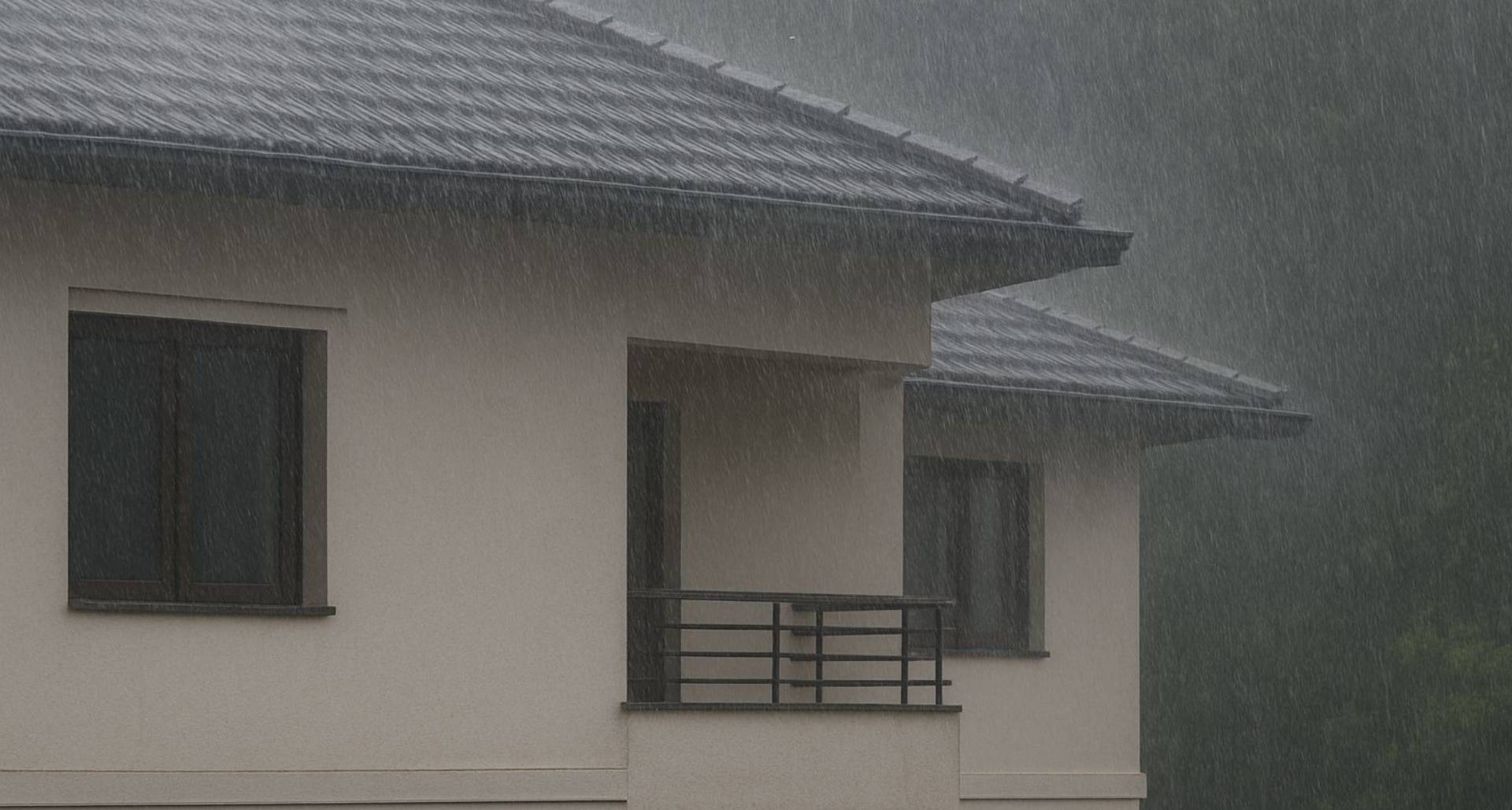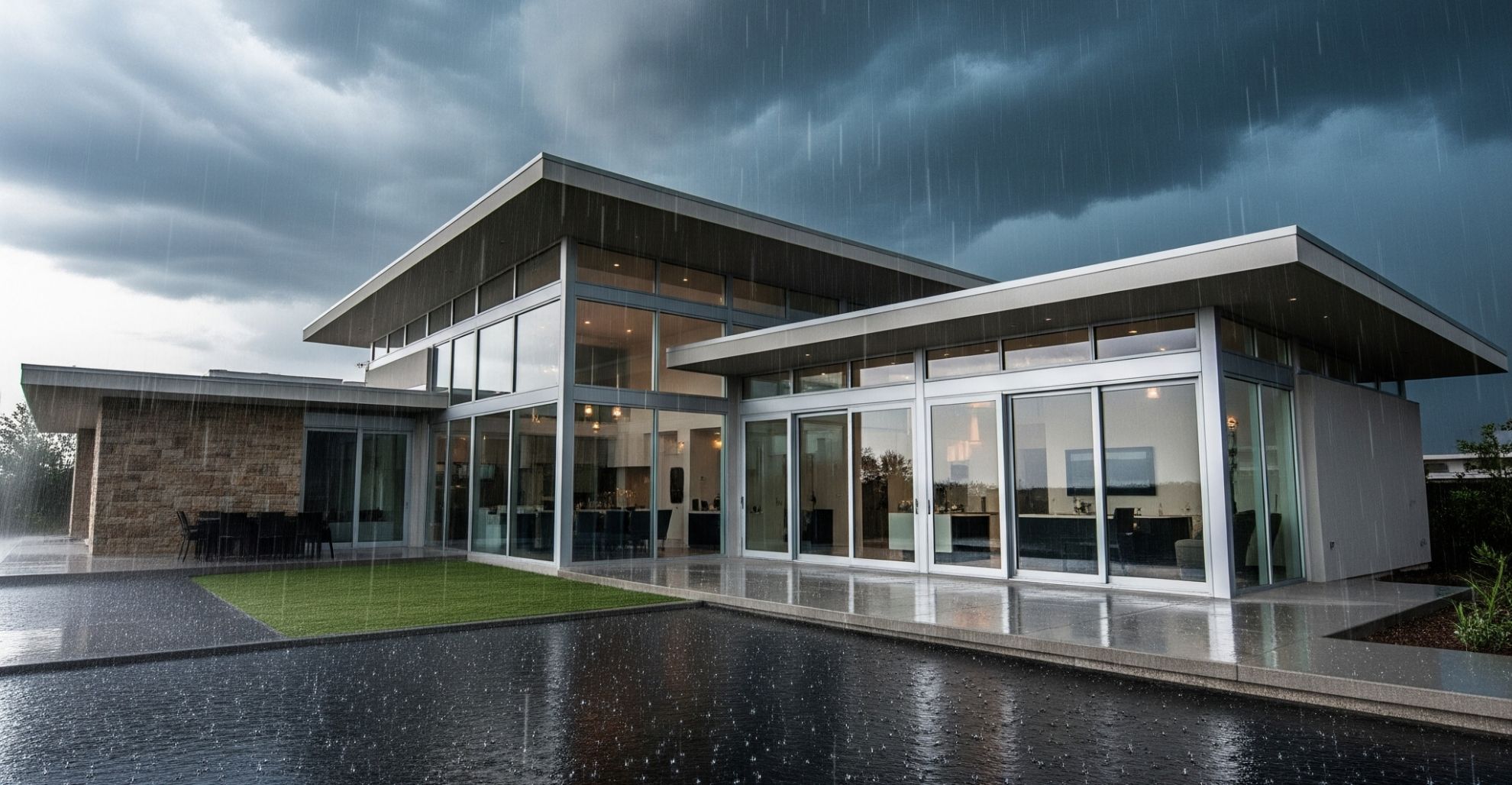Injection Grouting Methods for Waterproofing: A Professional Guide
by Babu George
Originally published on September 10, 2025, 8:57 pm, updated on November 12, 2025
scroll downIntroduction to Injection Grouting
Injection grouting is a specialized waterproofing and structural rehabilitation technique where fluid grout is injected under controlled pressure into cracks, joints, or voids within concrete or masonry. The grout then hardens, forming a barrier against water ingress and restoring the substrate’s durability and service life. It is often done on the negative side when the positive side is not accessible. (eg: Basements, dams & reservoirs, overhead and UG water tanks etc)
Unlike surface coatings that address symptoms, injection grouting treats the source of leakage by filling pathways within the structure. Over the past 20+ years, it has become a standard solution in both India and abroad for basements, tunnels, podium slabs, lift pits, and heritage structures. Engineers, architects, and property owners alike prefer grouting for its precision, long-term effectiveness, and adaptability to both repairs and preventive works.
The Main Types of Injection Grouting
I. Polyurethane (PU) Injection Grouting
PU grouting is one of the most widely used methods due to its versatility and ability to react with water. Two major approaches are practised:
(a) PU Foam Injection
-
Working Principle: PU foam is injected where it reacts instantly with water, expanding 10–20 times its volume to form a dense, closed-cell foam.
-
Applications:
-
Arresting active leakages, even under high water pressure.
-
Basements, water tanks, tunnels, and lift pits with visible water ingress.
-
Temporary or emergency leak stoppage where rapid response is needed.
-
-
Why Foam? Its expansion ensures void-filling, and the foamed structure physically blocks water. However, foam is less durable than resin and may be used as a first stage treatment before a secondary injection.
(b) PU Resin + Hardener Injection
-
Working Principle: A two-component resin system (resin + hardener) is injected into cracks or joints. It forms a solid yet flexible elastomer with excellent adhesion.
-
Applications:
-
Fine to medium cracks (<0.5 mm).
-
Cold joints and construction joints prone to seepage.
-
Long-term waterproofing where elasticity and chemical resistance are required.
-
-
Why Resin? Compared to foam, resin provides a permanent, elastic seal, accommodating structural movements while ensuring durability.
Professional Insight: In practice, many projects use a two-stage PU approach—foam injection to stop gushing water, followed by resin injection to seal and stabilize. This ensures both immediate relief and long-term performance.
II. Epoxy Injection Grouting
-
Material Properties: Rigid, high-strength resin with superb bonding capability.
-
Applications:
-
Structural cracks in beams, columns, slabs, and bridges.
-
Micro-cracks where restoration of original monolithic strength is needed.
-
-
Limitations: Cannot tolerate wetness—surfaces must be dry and stable. Also unsuitable for cracks subject to movement, as epoxy is brittle once cured.
III. Cementitious Injection Grouting
-
Material Properties: Cement + water + additives; economical, with moderate strength.
-
Applications:
-
Filling large voids in masonry walls, foundations, and retaining structures.
-
Soil stabilization beneath foundations.
-
-
Limitations: Cannot penetrate hairline cracks, prone to shrinkage, and less durable for waterproofing compared to PU or acrylic.
IV. Acrylic Injection Grouting
-
Material Properties: Ultra-low viscosity gel, penetrating even hairline fissures. Remains flexible after curing.
-
Applications:
-
Curtain grouting—creating a waterproof barrier behind the structure by injecting grout into surrounding soil.
-
Dynamic cracks and porous substrates.
-
-
Special Use: Particularly useful where a flexible, highly penetrative barrier is needed, such as in tunneling or metro projects.
Equipment, Nozzles, and Application Techniques
Grouting success depends not only on the material but also on correct nozzle type, placement, and injection conditions.
-
Nozzle Types:
-
Mechanical packers: Steel or brass non returnable nozzles with rubber sleeves, tightened to grip the drilled hole. Common for PU and epoxy injections. Available in varied lengths.
-
Surface ports: Epoxy- or resin-bonded nipples fixed to the surface (mainly for fine cracks where drilling is avoided).
-
Cementitious ports: Larger-diameter metal/plastic (level hose) nipples for high-volume injection.
-
-
Placement & Direction:
-
Drill at 45° to intercept the crack mid-depth. Drill depth not to exceed half of the substrate thickness.
-
For vertical cracks, start injection from the lowest point upward.
-
Spacing depends on crack width but generally 300–500 mm.
-
Packers should be staggered/zig-zagged to ensure overlap of grout spread.
-
-
Wetness Considerations:
-
PU Foam: Can be injected into wet or actively leaking cracks (water helps reaction).
-
PU Resin: Works in damp but not gushing conditions.
-
Epoxy: Requires Damp/dry substrate for proper adhesion.
-
Cementitious & Acrylic: Both can be applied in damp or saturated conditions.
-
-
Injection Pressure :
-
PU & Epoxy: 2500 psi (High pressure).
-
Cementitious: Low pressure (<50 psi) but high volume.
-
Acrylic: Very low viscosity, hence low pressure (~30–60 psi) is sufficient.
-
Step-by-Step Grouting Procedure
-
Leak Mapping & Preparation
-
Identify crack lines, damp spots, or honeycombs.
-
Mark locations for port installation.
-
-
Drilling & Port Installation
-
Drill angled holes to intercept cracks.
-
Fix mechanical packers securely.
-
-
Injection
-
Start from lowest port, progressing upward.
-
Control pressure to avoid blowouts or grout wastage.
-
Monitor grout return at adjacent ports to confirm crack filling.
-
-
Post-Injection Work
-
Allow curing as per material specification.
-
Remove packers, plug holes with epoxy mortar or non-shrink putty.
-
Conduct water-tightness check.
-
Comparative Analysis: Pros, Cons, and Cost
|
Grout Type |
Pros |
Cons |
Typical Cost (India) |
|---|---|---|---|
|
PU Foam |
Expands, seals active leaks quickly, works in wet conditions |
Shorter lifespan, often needs secondary injection |
Medium–High |
|
PU Resin |
Flexible, durable, long-term seal, good adhesion |
Higher material cost, requires dry-to-damp surface |
Medium–High |
|
Epoxy |
Restores structural strength, bonds strongly to concrete/steel |
Needs dry substrate, brittle, not for moving cracks |
Medium |
|
Cementitious |
Economical, fills large voids, easy availability |
Shrinkage, poor penetration into fine cracks, limited waterproofing |
Low |
|
Acrylic |
Ultra-low viscosity, deep penetration, curtain grouting possible |
Expensive, needs skilled applicators, limited suppliers |
High |
Note: Prices vary with project size, location, and contractor expertise. Abroad (Europe, Middle East), acrylic and advanced PU systems are more commonly specified for infrastructure works, while in India PU and epoxy dominate building repairs.
The Verdict: A Grouting All-Rounder
For most building waterproofing scenarios, Polyurethane (PU) grouting—especially when used in the foam + resin combination—is the most versatile and reliable solution. It works under wet conditions, stops leaks instantly, and ensures a long-lasting flexible seal.
-
Choose PU foam for emergency leak stoppage.
-
Follow with PU resin for permanent waterproofing.
-
Opt for epoxy when structural strength is the priority.
-
Select cementitious for cost-sensitive, large void works.
-
Use acrylic for advanced, curtain-type waterproofing in tunnels or basements.
The decision should be based on site conditions, crack width, water activity, and performance expectations. A skilled engineer will often recommend hybrid strategies—combining different grouts for comprehensive results.
With careful material selection, proper port placement, and controlled injection technique, injection grouting remains one of the most effective, professional-grade solutions to protect structures from the long-term menace of water ingress.
Need professional help? Call us today: +919544308555





